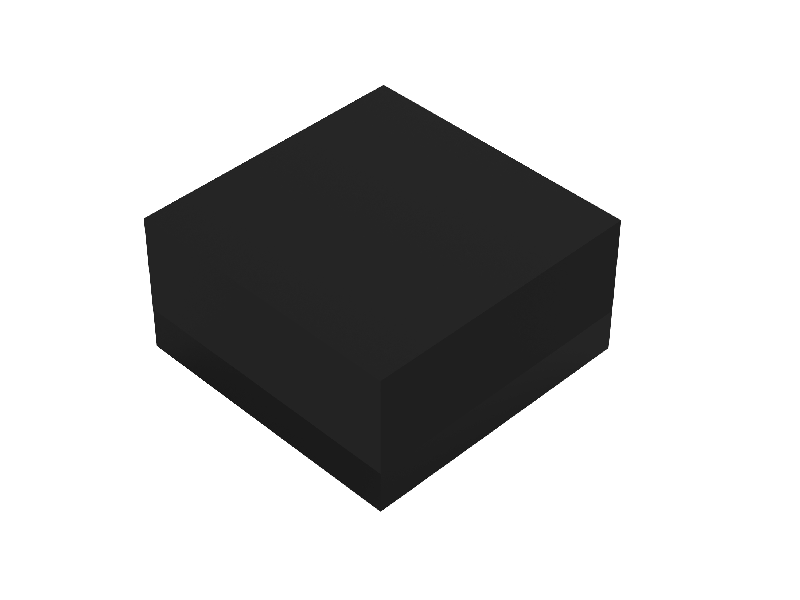MLED is a general term for Micro LED and Mini LED, and is considered to be the next generation, or even the ultimate display solution. Why is MLED called the next generation of display technology, and what are the previous generations of display technologies?

As early as the beginning of the 19th century, scientists in Britain, Germany, Russia and other European countries discovered the principle and invented the technology of CRT (cathode ray tube). From 1929 to 1939, RCA (Radio Corporation of American) in the United States took ten years to invent television and completed the industrialization of the laboratory technology of cathode ray tube. This technological revolution not only invented and manufactured cathode ray tubes, but also defined and manufactured television terminals, and even promoted the establishment of television broadcasting systems.
However, almost all consumer display devices will develop in a thinner and lighter direction. Therefore, in the 1950s, American display pioneers such as RCA and Westinghouse Electric began to promote the industrialization of LCD. In the 1970s, Japan took over the mature cathode ray tube technology transfer from the United States, built a local display supply chain, and achieved a series of process and technological breakthroughs in the 1980s, and finally realized the industrialization of LCD. Until 2000, Japan has been the world’s largest producer of LCD screens.
At the beginning of the 21st century, Japanese companies first began to try to industrialize OLED, but gave up halfway; eventually, Samsung of South Korea finally realized the commercialization of OLED. OLED has a series of advantages such as light weight, small thickness, high light efficiency, easy to achieve color display, and flexible display, which once again achieved a breakthrough in display technology.
The reason why MLED is called the next generation display technology is mainly because the most mainstream liquid crystal display technology and OLED technology have their own defects. First of all, LCD uses a passive light-emitting mode, and high brightness can usually only achieve a thousand-level contrast ratio, which is insufficient for high contrast performance; OLED uses organic light-emitting materials to draw a single pixel, allowing the pixel to achieve “self-luminescence”, but due to high costs, organic light-emitting materials will decay and be unstable, resulting in a short lifespan and limited use scenarios, and the penetration rate in scenarios such as tablets, computers, and TVs is not high.
If MLED backlight is used, the brightness and contrast of the LCD display can be greatly improved, and it can even be comparable to the display effect of OLED. At the same time, MLED technology can achieve MLED direct display through small-sized LEDs, that is, self-luminous light-emitting diodes. Each LED can be controlled individually, and the luminous efficiency and life of LEDs are better than OLED. In addition, MLED technology solves the problems of limited application scenarios and screen burn-in of OLED, which will bring a qualitative leap to the entire display device and maximize the performance indicators.
Therefore, due to its color fidelity, long life and good stability, MLED is regarded as the next generation or even the ultimate display solution, which can be applied to large-screen commercial displays, wearable devices, car screens, cinema screens and AR glasses. At present, the application of MLED technology in the display field has become mature, because small-sized light-emitting chips can directly emit displays on smaller and wider applications, and its precision and flexibility are unmatched by traditional display products.
Kinglight, as a leading enterprise in LED package industry across China, always adheres to the demand of the high end display market, and has developed a wide variety of MLED products, including both mini LEDs and micro LEDs for fine pitch displays.

Kinglight MiP0404 LED